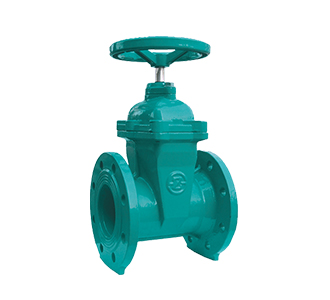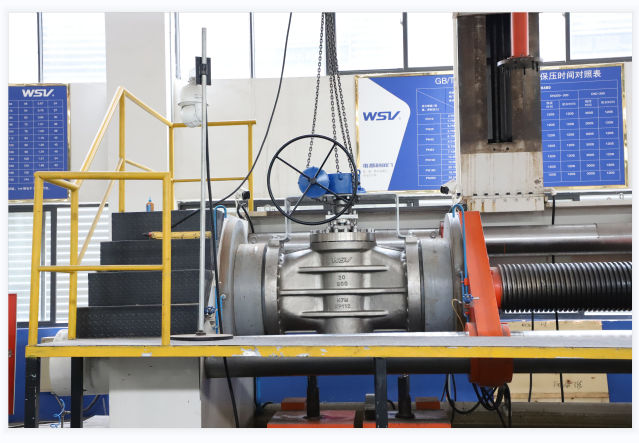The Heat-Resistant Solution: High-Temperature Stainless Steel Ball Valves
inlet valve
inline check valve
ball valve vs butterfly valve
isolation valves
In many industrial settings, managing high-temperature fluids and gases is a challenging and often critical task. To address this challenge, high-temperature stainless steel ball valves have emerged as a robust solution. These valves provide exceptional heat resistance and play a crucial role in various applications. In this blog, we’ll explore the significance and advantages of high-temperature stainless steel ball valves.
Understanding High-Temperature Stainless Steel Ball Valves
High-temperature stainless steel ball valves are a type of quarter-turn valve with a spherical-shaped closure element, known as a ball. These valves are designed to withstand extreme temperatures while offering precise control over the flow of hot fluids and gases. Their construction involves the use of heat-resistant stainless steel materials, making them well-suited for applications in high-temperature environments.
Advantages of High-Temperature Stainless Steel Ball Valves
Exceptional Heat Resistance
The primary advantage of high-temperature stainless steel ball valves is their ability to endure extreme temperatures without degradation. These valves can withstand both high-temperature steam and hot liquids without losing their structural integrity, making them reliable choices in applications where heat is a constant factor.
Corrosion Resistance
Stainless steel, known for its corrosion-resistant properties, is the material of choice for high-temperature ball valves. This resistance to corrosion is crucial in environments where high temperatures often go hand in hand with aggressive chemicals or corrosive media. The stainless steel construction ensures the valves remain unaffected by these harsh conditions.
Precise Flow Control
High-temperature stainless steel ball valves offer precise flow control. The ball within the valve can be rotated to various positions to regulate the flow of hot fluids or gases. This precision is essential in processes where accurate control over temperature and pressure is vital.
Reduced Maintenance Needs
These valves are known for their durability, which translates into reduced maintenance requirements. The robust stainless steel construction and minimal moving parts ensure a long service life with minimal need for repairs or replacements. This results in cost savings and less downtime.
Applications of High-Temperature Stainless Steel Ball Valves
High-temperature stainless steel ball valves find applications in a wide range of industries, including:
Steam Systems
In industrial settings where high-temperature steam is used for heating or power generation, these valves provide reliable flow control.
Petrochemical Plants
Petrochemical facilities rely on these valves for handling hot gases and chemicals in various processes, such as distillation and refining.
Energy Production
In power plants, particularly those using fossil fuels or geothermal sources, high-temperature stainless steel ball valves help manage hot fluids and steam.
Chemical Processing
These valves are crucial for controlling the flow of hot, corrosive chemicals used in chemical manufacturing.
Steam Boilers
High-temperature stainless steel ball valves are essential components in steam boilers, ensuring safe and precise control of steam flow.
In conclusion, high-temperature stainless steel ball valves are the heat-resistant solution for managing extreme temperatures in industrial processes. Their exceptional heat and corrosion resistance, precise flow control, and durability make them indispensable in applications where maintaining efficiency and safety in high-temperature environments is paramount. As technology advances and industries continue to demand robust and reliable solutions, high-temperature stainless steel ball valves will remain essential components in high-temperature applications.

